Bagaimana Panel Surya ODM Industri Mengurangi Biaya untuk Proyek Skala Besar?
Jun 12, 2025
Seiring melonjaknya permintaan global akan energi bersih, tenaga surya terus mendominasi sebagai pemain kunci dalam proyek energi terbarukan berskala utilitas. Di antara berbagai perkembangan dalam teknologi fotovoltaik (PV), solusi Industrial Panel ODM (Original Design Manufacturer) telah mendapatkan perhatian karena perannya dalam mengoptimalkan biaya dan meningkatkan kinerja di seluruh instalasi surya berskala besar. Panel yang disesuaikan ini, yang sering kali dilengkapi komponen canggih seperti sel surya Tipe-N dan struktur bifacial, tidak hanya meningkatkan efisiensi tetapi juga menciptakan keuntungan biaya yang terukur bagi pengembang surya dan kontraktor EPC. Kustomisasi dalam Skala Besar: Inti dari Panel ODM IndustriKonsep ODM dalam industri tenaga surya memungkinkan produsen memproduksi panel yang disesuaikan dengan persyaratan khusus proyek utilitas. Tidak seperti modul siap pakai tradisional, solusi ODM Panel Industri dirancang berdasarkan parameter khusus proyek seperti kondisi iklim, sudut pemasangan, kompatibilitas pelacak, persyaratan voltase, dan strategi penggunaan lahan. Pendekatan yang disesuaikan ini meminimalkan penggunaan material yang tidak perlu dan memaksimalkan hasil energi.Sebuah studi dari Solar Media pada tahun 2023 menunjukkan bahwa proyek yang memanfaatkan panel surya ODM mengurangi limbah material sekitar 7%, dan melaporkan waktu integrasi BOS (Balance of System) yang lebih cepat dibandingkan dengan proyek yang mengandalkan modul standar. Dengan proyek skala utilitas yang sering kali mencakup ratusan megawatt, peningkatan tersebut secara langsung menghasilkan penghematan substansial baik pada pengadaan maupun tenaga kerja. Panel Surya Tipe N: Mendorong Batas EfisiensiSalah satu teknologi menonjol yang sering diintegrasikan ke dalam penawaran Panel Industri ODM adalah sel surya Tipe-N. Tidak seperti sel Tipe-P tradisional, sel Tipe-N menawarkan mobilitas elektron yang lebih tinggi, degradasi yang disebabkan cahaya (LID) yang lebih rendah, dan kinerja yang lebih baik di lingkungan dengan cahaya redup. Menurut data dari PV-Tech, Panel surya tipe N memiliki efisiensi rata-rata 22,2%, yang 1,2–1,5% lebih tinggi daripada panel Tipe P konvensional.Peningkatan efisiensi ini memungkinkan proyek berskala besar menghasilkan lebih banyak listrik dengan lebih sedikit panel. Untuk ladang surya berkapasitas 100 MW, peralihan dari Tipe-P ke Tipe-N dapat menghasilkan peningkatan hasil energi sekitar 4,5% selama 25 tahun, yang setara dengan jutaan kilowatt-jam produksi listrik tambahan. Selain itu, dengan harga sel Tipe-N yang secara bertahap menurun karena produksi skala besar, keuntungan biaya per watt menjadi lebih jelas dalam perencanaan jangka panjang. Nilai Panel Surya Bifacial dalam Penerapan di IndustriTeknologi kunci lain yang digunakan dalam panel ODM adalah panel surya bifasial desain. Tidak seperti panel monofacial yang mengumpulkan sinar matahari hanya dari satu sisi, panel bifacial menyerap cahaya dari depan dan belakang, menangkap pantulan albedo dari tanah atau permukaan lainnya.Panel surya bifacial, terutama bila dipasangkan dengan pelacak sumbu tunggal, dapat menghasilkan 10–15% lebih banyak energi daripada panel tradisional, tergantung pada reflektivitas tanah dan sudut kemiringan. Fitur ini sangat menguntungkan dalam pemasangan besar di atas permukaan yang sangat reflektif seperti pasir atau salju, atau pada sistem pemasangan tinggi yang memungkinkan penyebaran cahaya yang lebih baik di bawah panel.Dalam uji lapangan oleh Laboratorium Energi Terbarukan Nasional (NREL), panel surya bifacial pada sistem pelacak skala utilitas menghasilkan hasil energi 12,7% lebih tinggi selama satu tahun dibandingkan dengan panel monofacial, membuktikan kapasitas teknologi untuk mendorong peningkatan ROI pada pertanian surya besar. Turunkan LCOE Melalui Desain CerdasBiaya listrik yang diratakan (LCOE) merupakan metrik penting untuk mengevaluasi proyek tenaga surya. Panel ODM industri berkontribusi secara signifikan terhadap pengurangan LCOE dengan menyelaraskan spesifikasi panel dengan batasan desain proyek. Penyelarasan ini memungkinkan konfigurasi rangkaian yang optimal, manajemen tegangan, dan pencocokan inverter—mengurangi kelebihan ukuran perangkat keras dan kurangnya pemanfaatan.Laporan BloombergNEF tahun 2024 memperkirakan bahwa proyek yang menggabungkan Panel Industri ODM strategi mengalami pengurangan LCOE rata-rata sebesar 4,8% dibandingkan dengan penerapan standar. Hal ini disebabkan oleh peningkatan akurasi penempatan modul, dimensi modul yang disesuaikan yang mengurangi biaya pemasangan rak, dan kinerja termal yang lebih baik karena bahan pelapis belakang yang direkayasa. Logistik Sederhana dan Instalasi Lebih CepatSelain keunggulan kinerja, panel surya Industrial ODM menyederhanakan logistik. Panel berukuran khusus dapat dirancang agar sesuai dengan ukuran palet, standar pemuatan kontainer, dan batas pengangkatan derek. Hasilnya, pengiriman yang diperlukan lebih sedikit, dan pembongkaran serta penanganan menjadi lebih efisien.Pemasang yang mengerjakan proyek 250 MW di Vietnam melaporkan pengurangan waktu pemasangan sebesar 12% saat menggunakan panel ODM yang terintegrasi dengan perlengkapan pemasangan yang dioptimalkan. Waktu pembangunan yang lebih singkat mengurangi paparan terhadap penundaan akibat cuaca dan menurunkan biaya tenaga kerja di lokasi—dua variabel yang dapat secara signifikan memengaruhi perkiraan anggaran untuk pengembangan tenaga surya berskala besar. Peningkatan Daya Tahan dan Kemampuan Beradaptasi di LokasiPanel ODM juga dapat dilengkapi dengan fitur perlindungan yang ditingkatkan seperti lapisan kaca ganda, ketahanan terhadap kabut garam, atau lapisan anti-reflektif untuk proyek di gurun atau pesisir. Rekayasa khusus lokasi ini memperpanjang umur operasional ladang surya dan mengurangi frekuensi perawatan. Di wilayah dengan perubahan suhu yang sering atau tingkat kelembapan yang tinggi, material khusus tersebut meningkatkan keandalan panel dan melindungi profil hasil jangka panjang sistem.Data lapangan dari ladang surya 180 MW di Afrika Utara menunjukkan bahwa penggunaan panel ODM dengan enkapsulan khusus yang tahan UV mengurangi tingkat degradasi dari 0,6% per tahun menjadi di bawah 0,4%, sehingga memperpanjang periode pengembalian proyek efektif hingga 1,5 tahun. Mendukung Transisi ke Infrastruktur Tenaga Surya CerdasPanel surya ODM industri juga membantu pengembang surya skala besar mengintegrasikan teknologi digital. Panel dapat diproduksi dengan kotak sambungan pintar bawaan, tag pelacakan RFID, atau sensor pra-tertanam yang membantu pemantauan waktu nyata dan pemeliharaan prediktif. Integrasi ini sangat berharga dalam proyek yang mengelola gigawatt kapasitas pembangkitan yang tersebar di berbagai wilayah geografis.Khususnya, dalam penerapan baru-baru ini di India, seorang kontraktor EPC bermitra dengan produsen ODM untuk menyertakan modul IoT pada 500.000 panel surya bifacial. Modul-modul ini memungkinkan diagnostik jarak jauh dan analisis kehilangan bayangan berbasis AI, sehingga mengurangi biaya perawatan lebih dari 20% dalam 18 bulan pertama pengoperasian. Seiring dengan pesatnya adopsi panel surya di pasar maju dan pasar berkembang, permintaan akan modul surya yang lebih cerdas, lebih efisien, dan layak secara finansial akan terus tumbuh. Strategi ODM Panel Industri, dikombinasikan dengan kemajuan dalam teknologi Tipe-N dan bifacial, membuka jalan bagi generasi baru infrastruktur surya yang dapat diskalakan dan disesuaikan. Alih-alih pendekatan yang cocok untuk semua, solusi yang disesuaikan ini merupakan pergeseran ke arah rekayasa surya presisi—yang tidak hanya menyediakan panel, tetapi juga kinerja. Bagi pengembang skala besar yang ingin memenuhi target energi yang ambisius sambil menjaga anggaran proyek tetap terkendali, pilihan untuk bekerja sama dengan mitra ODM Panel Industri menjadi bukan lagi sekadar pilihan, tetapi lebih merupakan keharusan.
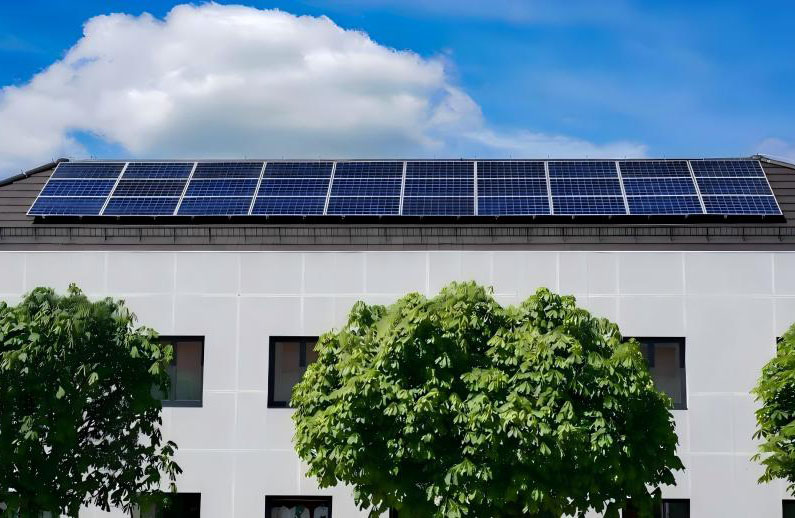
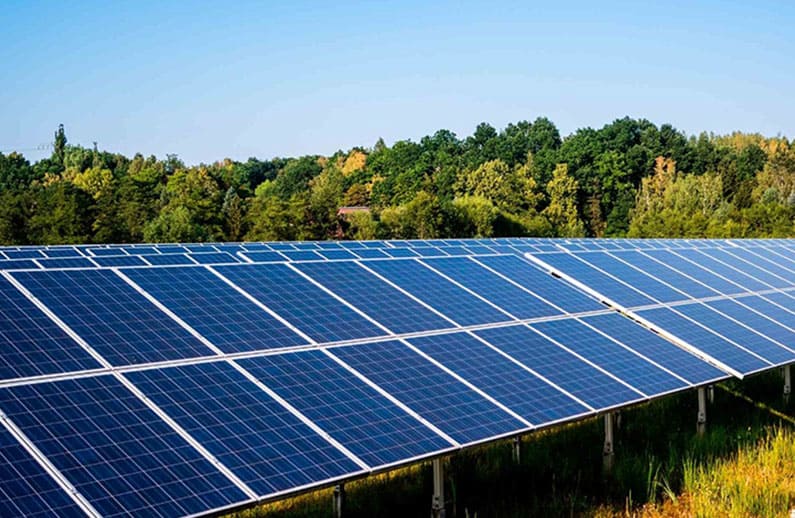

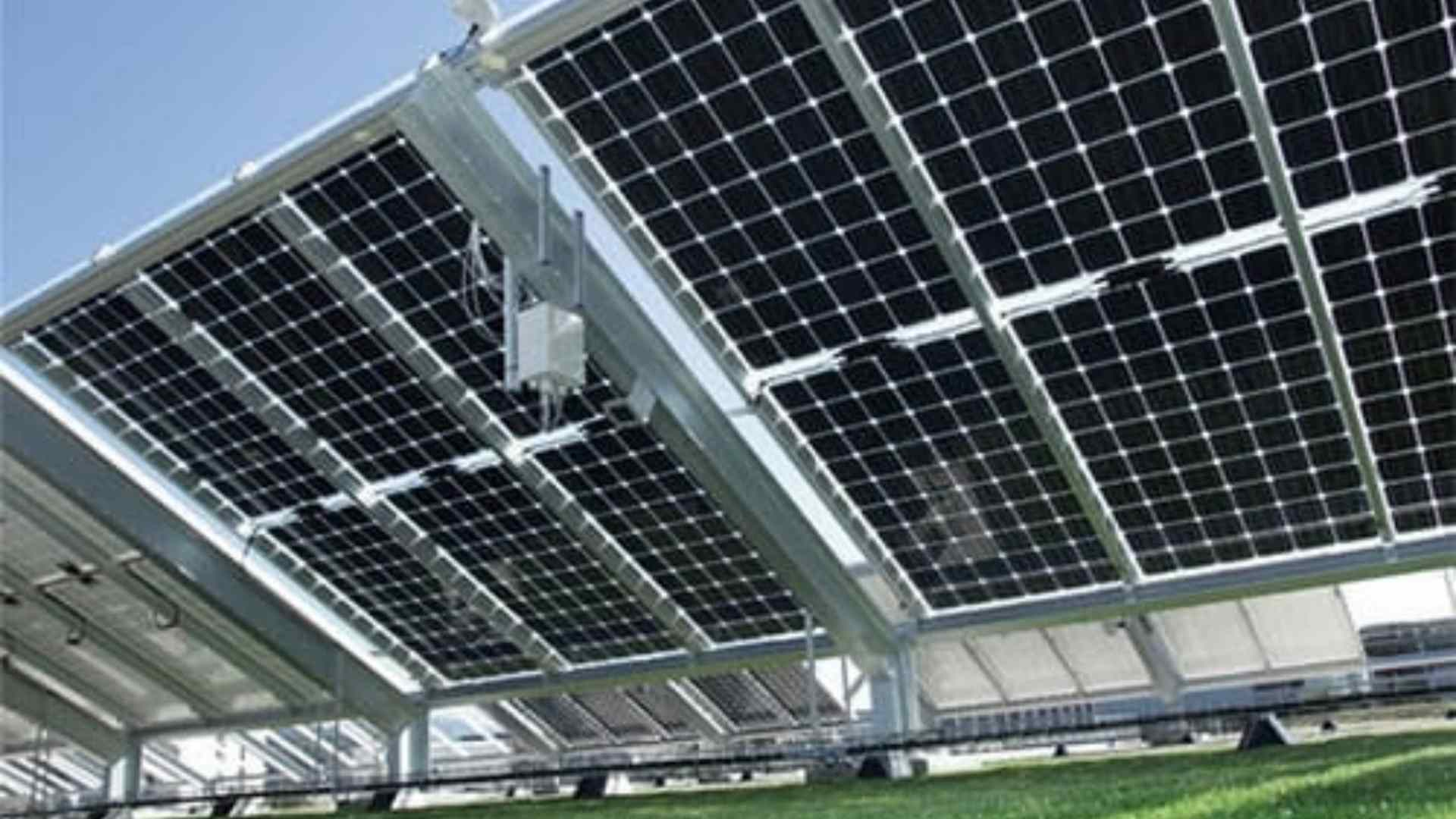


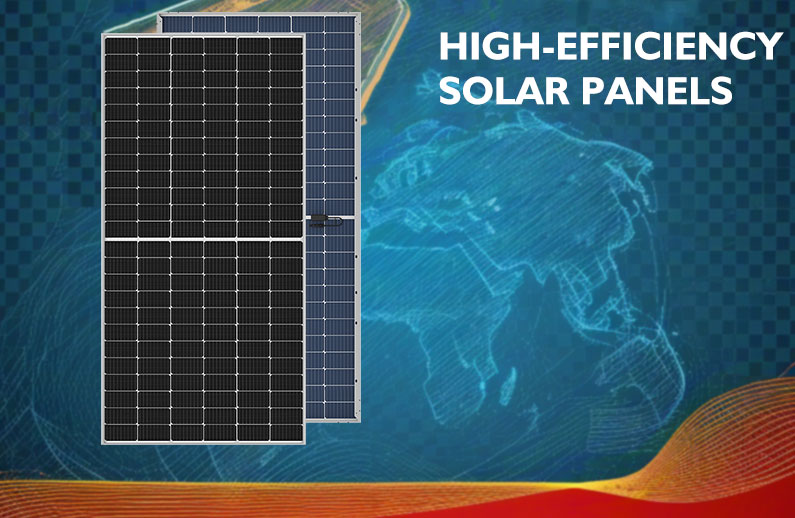
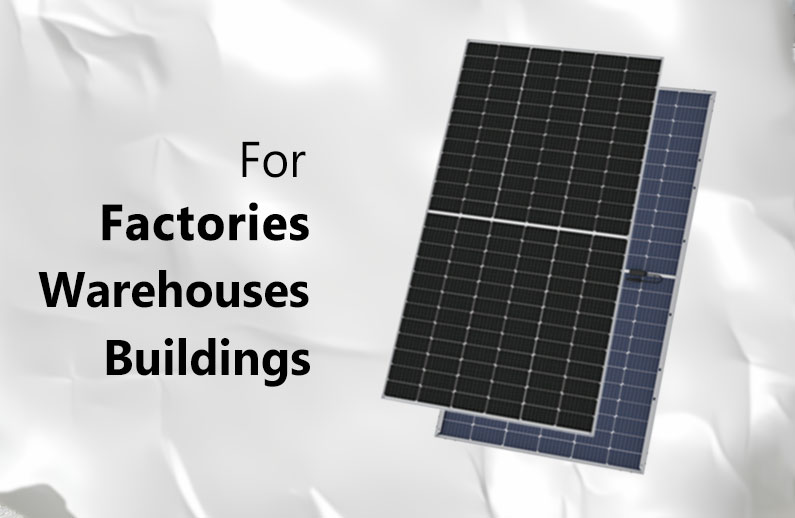

 DIDUKUNG JARINGAN
DIDUKUNG JARINGAN